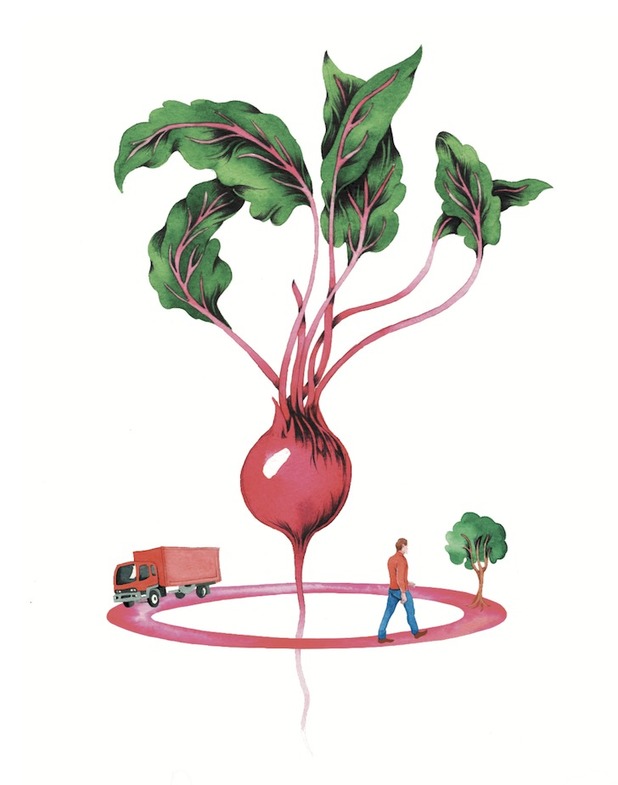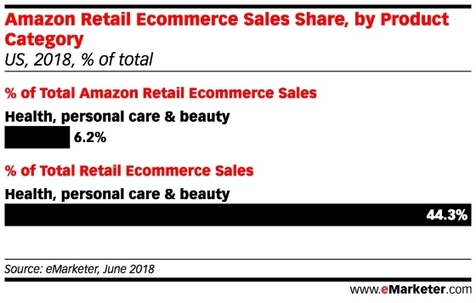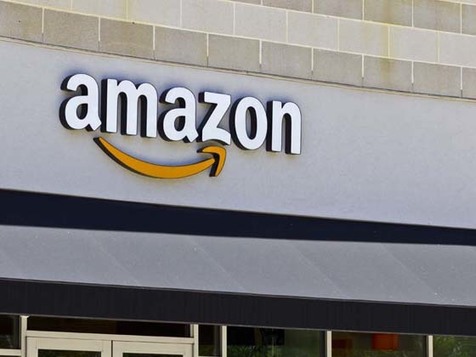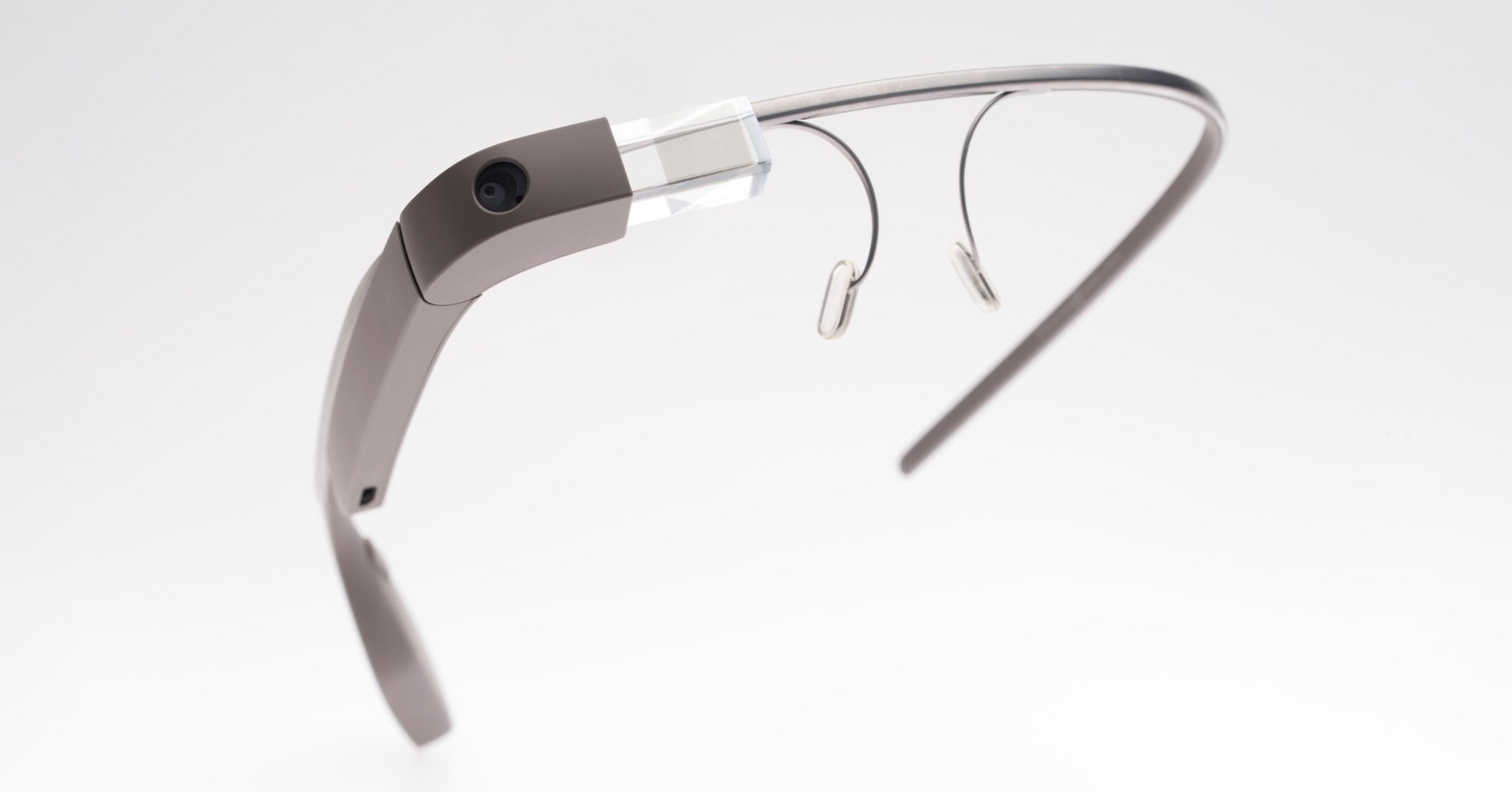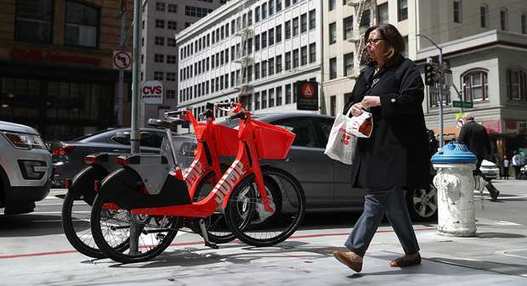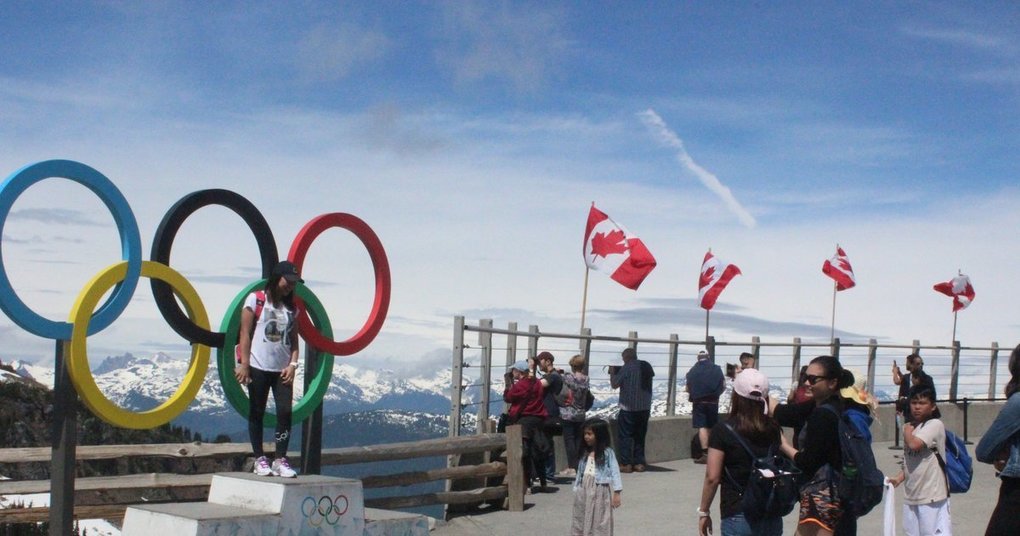Les circuits courts sont-ils bons pour l’environnement ?
Le lien avec le producteur modifie le comportement du consommateur, même si cet aspect est plus difficile à évaluer quantitativement. Ainsi, le contact direct avec le producteur favorise la connaissance des modes et cycles de production, conduisant à une évolution des pratiques alimentaires : plus de produits frais, de saison, moins de produits transformés...Redonner du sens, tant à l’activité de production qu’à celle de consommation, permet également de redonner de la valeur à l’alimentation, avec un réel potentiel pour encourager une évolution durable et globale du système alimentaire, incluant une meilleure répartition de la valeur économique, un consentement à payer pour des produits de meilleure qualité et issus de modes de production agro-écologiques, une relocalisation de l’alimentation en somme. La diversité des circuits courts de proximité ne permet donc pas d’affirmer qu’ils présentent systématiquement un meilleur bilan environnemental que les circuits longs, ils présentent cependant de réelles opportunités pour améliorer la durabilité des systèmes alimentaires. Complémentaires des circuits longs, insérés dans des projets alimentaires territoriaux, ils permettent, dès lors qu’un certain nombre de conditions sont remplies, de répondre localement à une partie des besoins ali- mentaires, de façon responsable et respectueuse de l’environnement

